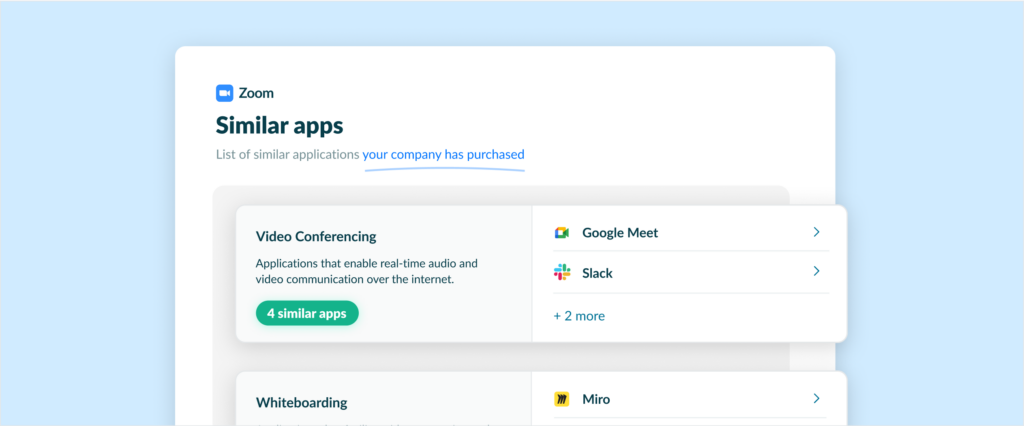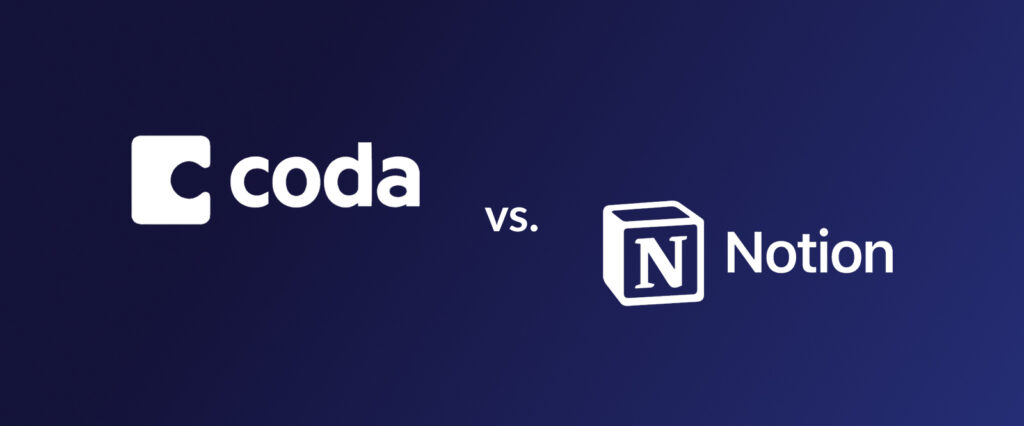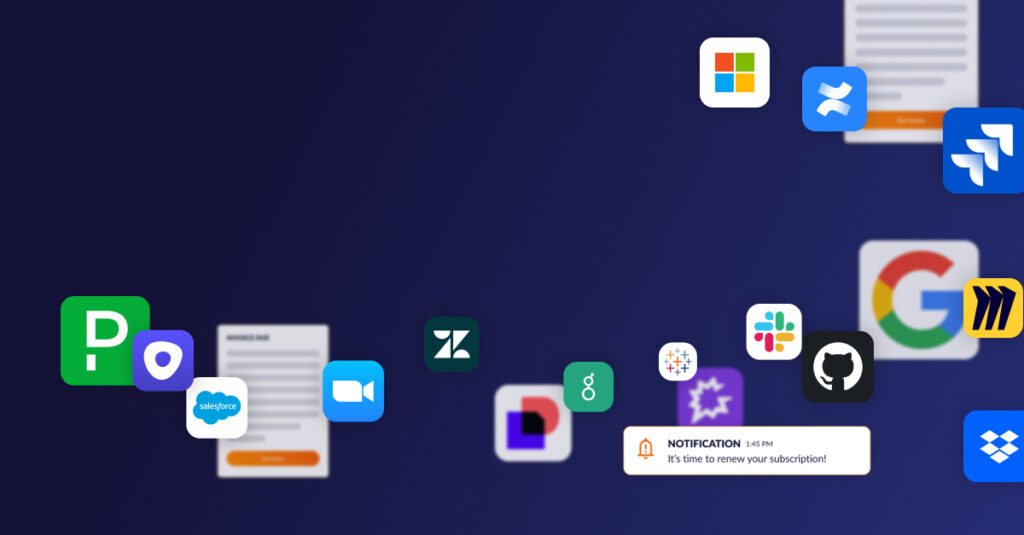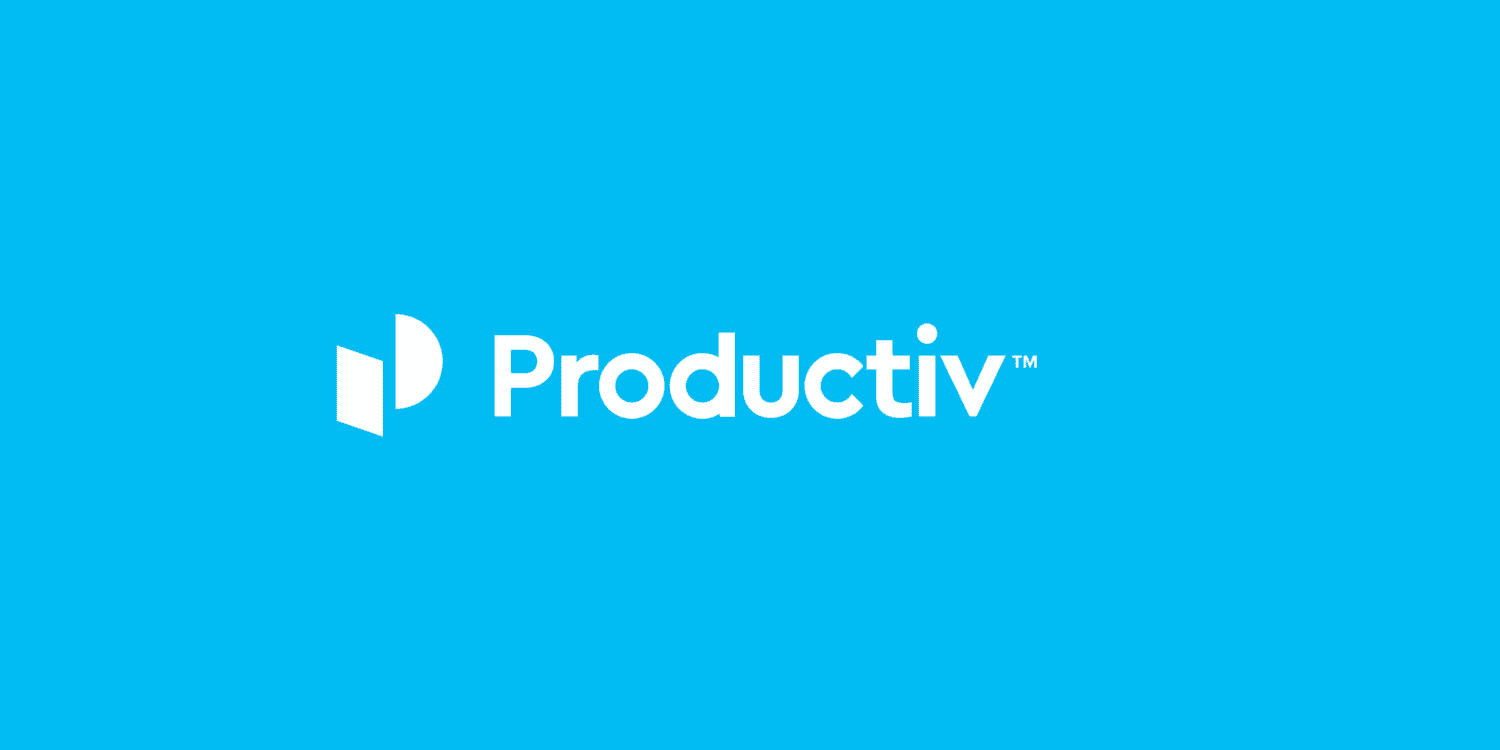
How Data-Driven SaaS Contract Management Can Reduce Your Costs
Admit it: you’ve clicked the “I have read the Terms and Conditions” checkbox on a SaaS contract before without actually reading the terms and conditions. It’s become such a standard process that 91% of people steamroll this step and don’t give it a second glance.
As an average consumer, your concerns stop once you click that box. But as a company paying a good chunk of their budget for SaaS tools, you should know that clicking the “I agree” box is just the start of SaaS contract management.
When you engage a software vendor for a service, you’re not just trading money for a commodity service. Contracts can not only impact how much you pay for a software product, but also the level of support you receive, the tools your business needs to thrive, and legal protections for your business in terms of how data is owned, shared, stored, and used.
As a result, SaaS contract management creates a number of challenges for companies without an organized approach. The good news: following a few best data-driven practices can create opportunities for companies to improve their spending on SaaS tools, build more favorable relationships with vendors, and experience less friction within their business.
Why You Need Data-Driven Visibility into SaaS Contract Management
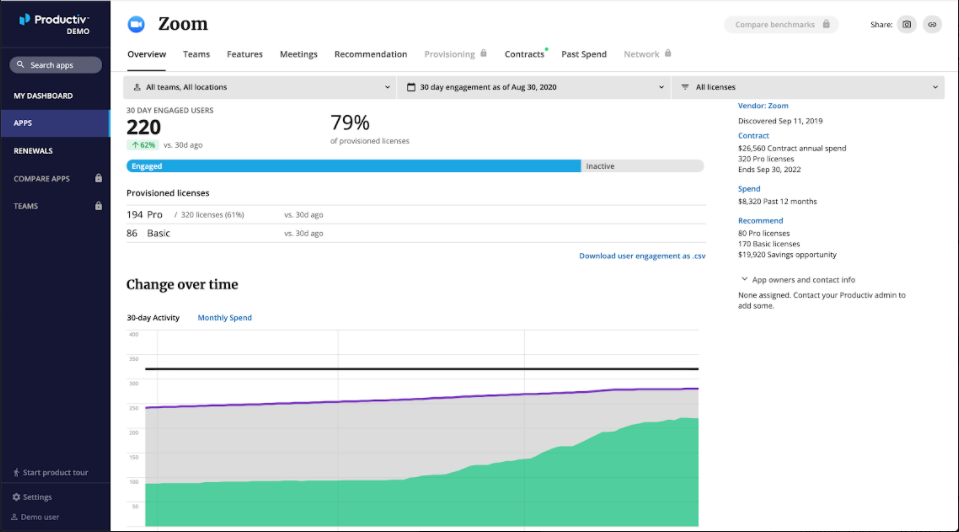
Enterprise SaaS contracts look and function differently than boilerplate click-through contracts. Where standard agreements strive to appear as a one-size-fits-all contract, an enterprise agreement is negotiated by both sides to create win/win situations. It’s this difference in language and flexibility in terms that highlight the importance of managing (vs. blindly accepting) all SaaS contract details.
Here’s why:
Employee Acceptance Means Company-Wide Enforcement
App ownership is all over the place. In today’s organization, it’s not just IT departments who are making software investments, but also teams and individuals who are selecting their own tools. This has been compounded by the effects of COVID and the mass exodus from the office to the home office, where employees had to shift into survival mode and use whatever programs they could to work.
There are a lot of downsides to this, starting the moment the terms and conditions are accepted. When an employee agrees to a business-use contract, they’re deciding for the company that click-through terms will be upheld.
Click-Through Contracts Favor the Vendor
Standard terms and conditions are written by the vendor to cover their interests. Cookie-cutter language isn’t designed to take your unique company’s needs, risks, and desires into account.
Enterprise Contracts Can Lower Costs
Because app ownership is increasingly disparate across the enterprise, it’s common to see multiple instances of the same software (e.g. multiple teams using the same tools but under different accounts). Consolidating redundant apps under an enterprise license can help to increase buying power, as well as negotiate on price, the number of user seats, support plans, and other specifics.
Contract Negotiations Create Stronger Relationships
SaaS contract management is an active process, whereas click-through contracts are not. Because negotiating contracts requires conversations with vendors, you’re more likely to get a contract that better suits your company. Also, vendors get to know you and your company on a deeper level and may be able to provide recommendations and better support.
It’s also worth pointing out that when you take an organized approach to SaaS contract management, such as using a software like Productiv, you’re getting data-driven insights into each contract’s unique details.
Managing these details at scale removes much of the guesswork and manual effort from the process so you can focus on the most important aspects of each contract.
SaaS Contract Management Best Practices
Every SaaS contract is a little different. To gain a better hold on SaaS contract management, put the following best practices to work:
Create a Searchable Database of SaaS Contracts
A detailed system of record for all SaaS contracts can be a goldmine of information. For starters, it allows you to search for specific elements within contracts in seconds. It can also show you at a glance how many software tools you’re paying for, how much you’re paying, and other details that impact your bottom line.
Productiv is designed to improve SaaS contract management by bringing all of your contracts under the same umbrella. It’s more efficient than spreadsheets and doesn’t require the heavy manual aspect to input or find key details.
Develop Best Practices for Purchasing SaaS Tools
Today, many software tools can be purchased without an enterprise-level negotiation. All a user needs is a company credit card and they can add new software tools to the organization without going through an approval process.
This leads to:
- App redundancy;
- Higher software costs;
- The risk of abiding by terms and conditions that don’t favor the organization at large.
To overcome these instances, companies should consider putting specific protocols in place that determine how new software tools are brought into the company.
This should include adding each new purchase to your SaaS contract management software (like Productiv) so all contract details are kept together.
Use Data-Driven Insights for Contract Negotiation
When you have a SaaS contract management software like Productiv, use the data you collect to fuel future negotiations with vendors. Things like app usage, specific feature usage, and even the ROI each app delivers may be able to help you get more favorable pricing when it’s time to renew.
How SaaS Contract Management Software Brings Visibility to the Enterprise
There’s a steep price of not managing SaaS contracts. When you fail to be proactive, you risk paying more for your software services, or worse, not having the service live up to your needs or expectations.
Productiv helps to remove this risk by helping you gain data-driven insight into every software contract at scale. By storing important details like contract durations, renewal dates, user licenses, costs, features, and even app usage by user, companies are in a better position to negotiate on terms that matter to them.
Say Goodbye to the SaaS Spreadsheet! Try Productiv to bring clarity to SaaS contract management.
About Productiv:
Productiv is the IT operating system to manage your entire SaaS ecosystem. It centralizes visibility into your tech stack, so CIOs and IT leaders can confidently set strategy, optimize renewals, and empower employees.
Learn more today